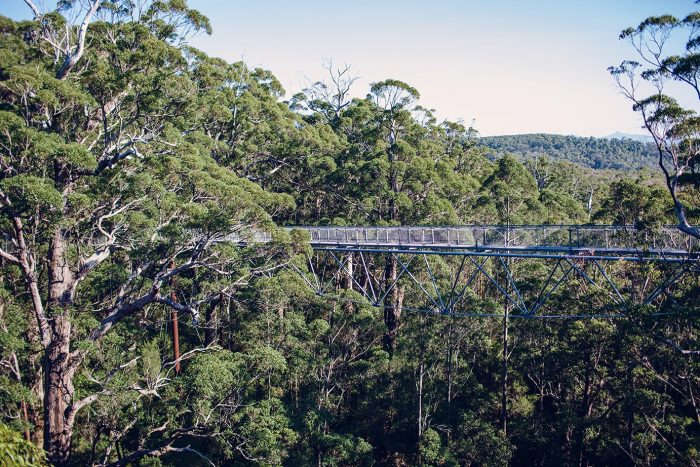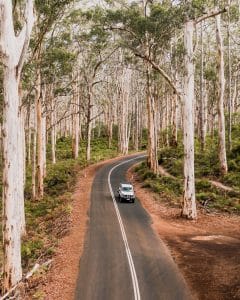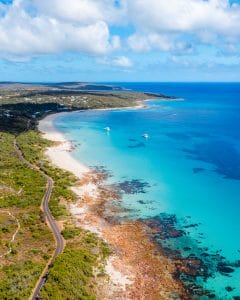Wednesday, January 24, 2018
Celebrate the South-West: Five Facts

We hear a lot about the South-West’s attractions like wineries, beaches and fine produce, but it would do the area a great disservice to not talk about the rich cultural and environmental side.
Here are five facts you need to know about this special region:
Enduring Cultural Legacy
There is evidence that the first inhabitants, the Indigenous peoples of the South-West, have lived in the region for close to 50,000 years. There are many culturally significant sites, particularly Ngilgi Cave and Devil’s Lair – a limestone cave that houses priceless archaeological finds such as hearths, animal bones, human skeletal remains and stone artefacts.

Ngilgi Cave near Yallingup
An Ancient Landscape
Thanks to a stable climate and being relatively untouched by tectonic activity, this landscape is ancient but well preserved. You can see much of this with your own eyes. For example, Black Point in D’Entrecastaux National Park was formed by lava flow 135 million years ago. You can also wander through places where time has stood still: there are more than 150 caves dotted around the Margaret River region, most notably, Jewel, Lake, Ngilgi and Mammoth caves – all of which you can tour inside. These systems date back some 350,000 years.
A Biodiversity Hotspot
The South-West region (defined as between Shark Bay and Esperance, for research purposes) is a biodiversity hotspot. It is roughly the size of England. Where England has 1500 plant species with 47 of them found nowhere else, the South-West of Australia has 7239 plant species with a massive 80 per cent found nowhere else.

Josh Whiteland, Koomal Dreaming, with native flora
There are also many unique animals residing here, including the numbat, the honey possum and the petite Western swamp tortoise. The so-called “happiest animal in the world”, the Quokka, is primarily found on Rottnest Island near Perth, but small populations also reside in the South-West.
Skyscraper Trees
Along with the enormous redwoods of the western United States and Tasmania’s mountain ash, WA’s karri are some of the tallest tree species on earth. These old giants used to be used as lookouts to pinpoint fires before spotter planes were used. Most karri trees can be found between Nannup and Denmark, with the tallest climbable tree being the Dave Evans Bicentennial Tree – taller than The Sydney Opera House, at 75m.

Valley of the Giants Treetop Walk, Denmark
One of the World’s Longest Walking Trails
The Bibbulmun Track is one of the world’s greatest walking tracks, stretching 1000km between Kalamunda, in eastern Perth, to Albany in the south of the state. Named after the native Bibbulmun people, the modern track has been in operation since 1979 and is used by up to 10,000 hikers every year.
The South-West is a spectacular region full of history and culture. Discover our beautiful luxury homes for inspiration for your next holiday.
Also see these Blogs about exploring our great South-West outdoors:
A guide to Western Australia’s best beaches
Sign up for our newsletter to stay updated on all things Private Properties.







